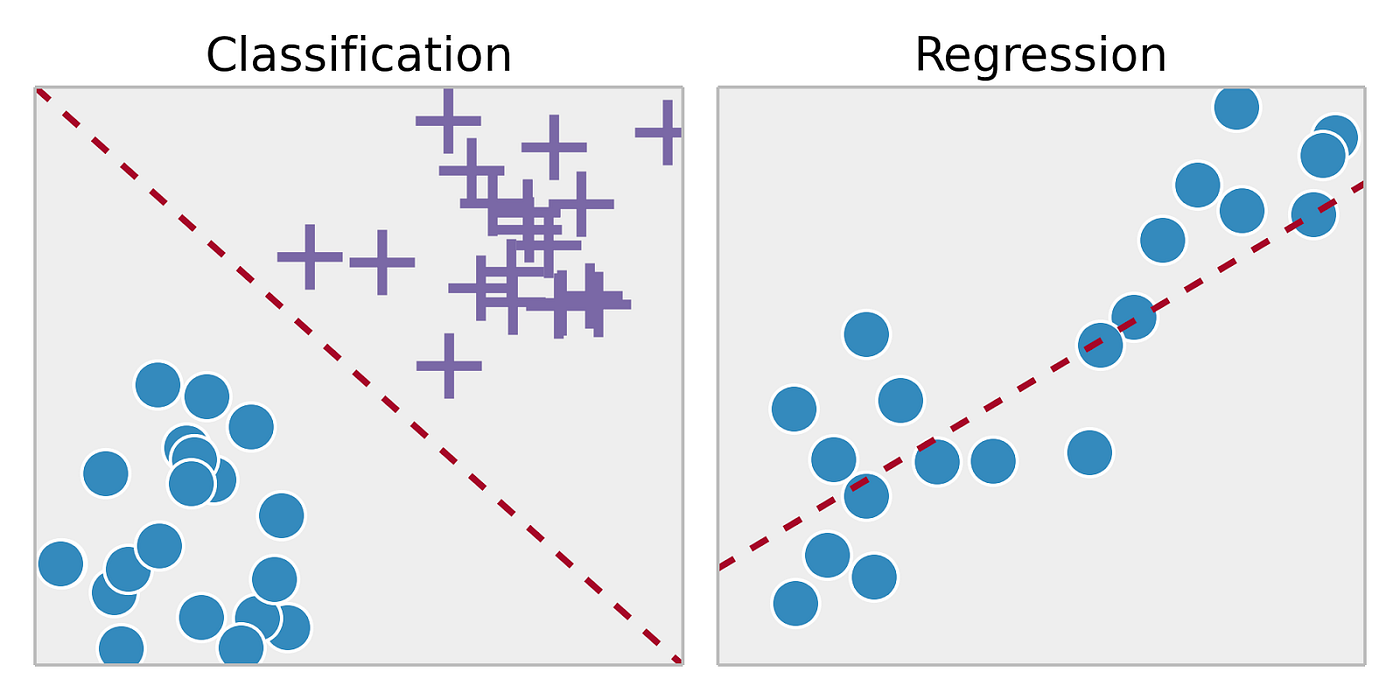
Mastering Unsupervised Learning A Journey into Intelligent Discovery

Decoding the Intricacies of Unsupervised Learning
Embarking on the realm of unsupervised learning is akin to navigating uncharted territories of intelligent discovery. Unlike its supervised counterpart, unsupervised learning operates in a space where the algorithm ventures into patterns and relationships without explicit guidance. Let’s unravel the intricacies of this fascinating field.
The Essence of Unsupervised Learning
At its core, unsupervised learning is about extracting meaningful patterns from data without labeled outcomes. Instead of being given explicit instructions on what to predict, the algorithm is unleashed to identify inherent structures, relationships, and clusters within the data. It’s the epitome of autonomous exploration in the vast landscape of machine learning.
Clustering: Finding Patterns in the Chaos
One of the prominent techniques within unsupervised learning is clustering. This method involves grouping similar data points together based on inherent similarities. Whether it’s customer segmentation, image recognition, or anomaly detection, clustering algorithms discern underlying patterns that might elude human observation, unlocking valuable insights.
Dimensionality Reduction: Streamlining Complexity
In the world of unsupervised learning, data sets can be vast and complex. Dimensionality reduction comes to the rescue by simplifying these intricate datasets without losing critical information. Techniques like Principal Component Analysis (PCA) enable algorithms to distill the essence of data, making it more manageable and conducive to analysis.
Anomaly Detection: Identifying Outliers
Unsupervised learning is adept at spotting anomalies within datasets. Whether it’s fraudulent transactions in financial data or defects in manufacturing, anomaly detection algorithms excel in identifying irregularities. By learning the norm from the data, these algorithms can flag unusual occurrences, enhancing the efficiency of anomaly identification.
Association Rule Learning: Uncovering Relationships
Associations and relationships within data are often subtle yet impactful. Unsupervised learning, through association rule learning, unveils these connections. This technique uncovers associations, correlations, and dependencies within the data, providing valuable insights for fields like market basket analysis and recommendation systems.
Reinforcement Learning: Learning by Interaction
While often associated with supervised learning, reinforcement learning also has unsupervised aspects. Agents in reinforcement learning environments explore and learn from interactions with their surroundings without explicit guidance. This autonomous learning process is a testament to the adaptability and autonomy inherent in unsupervised learning.
Resources for Unsupervised Learning Mastery
For those diving into the world of unsupervised learning, Unsupervised Learning offers a curated collection of resources, tutorials, and certifications. This centralized hub serves as a valuable asset for individuals seeking to enhance their proficiency in unsupervised learning and delve deeper into the nuances of intelligent discovery.
Applications Across Industries
Unsupervised learning transcends industry boundaries, finding applications in fields as diverse as healthcare, finance, and marketing. Its ability to unearth hidden patterns and relationships makes it a powerful tool for decision-making, risk assessment, and strategy formulation. Embracing unsupervised learning is a strategic move towards unlocking the latent potential within vast datasets.
The Limitless Frontier of Intelligent Discovery
In the ever-evolving landscape of machine learning, unsupervised learning stands as a gateway to the limitless frontier of intelligent discovery. It’s not just about making predictions; it’s about uncovering the unknown,







